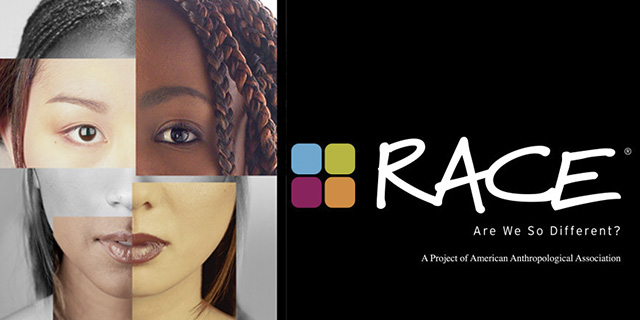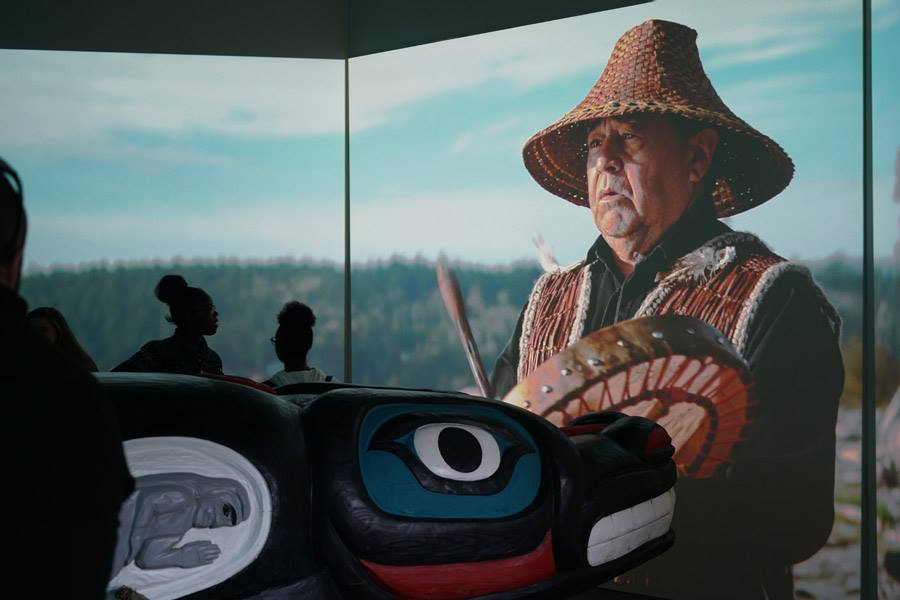The New England Aquarium, along with many of Boston’s other cultural institutions, reopened on July 16th with pandemic-specific precautions. The Aquarium now has a one way path throughout the building, reduced capacity, additional sanitation stations, and requires visitors to wear masks. Now that the Aquarium has been open for almost a month, I checked in with Nick Pioppi, Supervisor and Senior Educator at the New England Aquarium, about the process of reopening.

How have things been at the Aquarium since reopening?
“Things have been very good. We feel very confident that we have established a safe, fun, and engaging experience for visitors. That doesn’t mean that there haven’t been some things that we’ve worked on or refined in terms of our process. We always come up with ways to become more efficient or make the process run a little bit more smoothly so we’ve definitely tweaked things as we’ve gone along.”
When the aquarium was closed, what were some strategies you used to reach your audience?
“We took a look at what we offered virtually and came up with some strategies to create new virtual content that was fun and engaging and kept people feeling connected to the aquarium, but also continued to foster and promote our mission. I think that was really important because we wanted people to understand that there were a lot of things that were still going on, like animal care and research efforts. We wanted to work hard to put those out front and use those as a way of connecting with visitors.”
With reopening, what are some challenges you’ve found with running educational programming?

“We are not leading any of our normal presentations on microphone. We are trying to avoid elements of an experience that might cause people to crowd and have difficulty maintaining physical distance from each other. Any sort of educational content or interpretation is happening on a one-on-one basis. We have staff that are stationed throughout the building with the primary goal of providing a logistically smooth and safe experience for visitors, but we’re slowly starting to integrate points of interpretation.”
“We’ve really had to just be a little bit more selective about that and focus more on safety and logistics and making sure the one way path is being followed. We’ve even had to close down elements of the aquarium, like the touch tanks or one particular exhibit called “The Science of Sharks” that is very interactive, just out of an abundance of caution.”
Speaking to the animals, how are they adjusting to having visitors again?
“For the most part, we are not noticing significant differences in behavior of the animals. Most of their daily routines were still going on during the closure. They were still getting fed regularly and the life support systems that keep them comfortable were being maintained. If they aren’t particularly reactive to our presence outside of their tank, then things are the same for them. There are a few exhibits that we’re noticing some subtle differences. To prepare the penguins, a week ahead of time we placed speakers around the exhibit and played crowd noise to get them accustomed to visitors again.”
Do you have any advice for museum educators during the pandemic?
“From my own experience, now is the time where it’s important to remember a lot of the basics of education, such as the customer service element and providing a nice alternate experience for visitors than what they’re having any given day. But this is also a time where innovation and trying new things out can be really beneficial. Trying to think of new ways to connect to people.”
“I think for institutions, it’s probably really scary to innovate and experiment because you’re worried about losing what little you have right now. But I think now is just a good a time as any to be innovative and stand out. Provide something that other museums and institutions aren’t necessarily providing.”

Are there any final thoughts you’d like to share?
“I think the community of educators is so important right now. I think it’s important right now to think about ways to connect. Connect with teachers that are struggling with virtual learning in the fall. Connect with people who may have been laid off from an institution because of budget cuts. Connect with people who might be educators but are doing a type of interpretation that’s really different from you. We can all learn from each other and support each other.”
Thank you so much, Nick, for meeting with me to chat about the Aquarium’s reopening. Follow the New England Aquarium’s Facebook and Instagram accounts for tons virtual content and updates. Also, the Aquarium is still fighting for COVID-19 relief funding, so use this link to contact your representative about providing crucial funding for both animal care and operating costs.




